HUTAN
Activities
Learn more

Due to the cumulative impacts of available habitat destruction and poaching, the Bornean orangutan (Pongo pygmaeus) population has fallen by more than 85% in the past 50 years. The overall number of individuals is now estimated to slightly more 100,000 including 11,000 living in the State of Sabah in northeastern Borneo. This population is mainly found outside protected areas, in forests exploited for timber production or converted into palm oil plantations. The species is classified as Endangered on the IUCN Red List.
Orangutans are the largest tree-dwelling mammals on the planet. They have a slow reproduction rate, with females reaching sexual maturity between 12-15 years old and giving birth every 6 to 8 years, which makes the species even more vulnerable to pressures on its environment, including poaching.
.
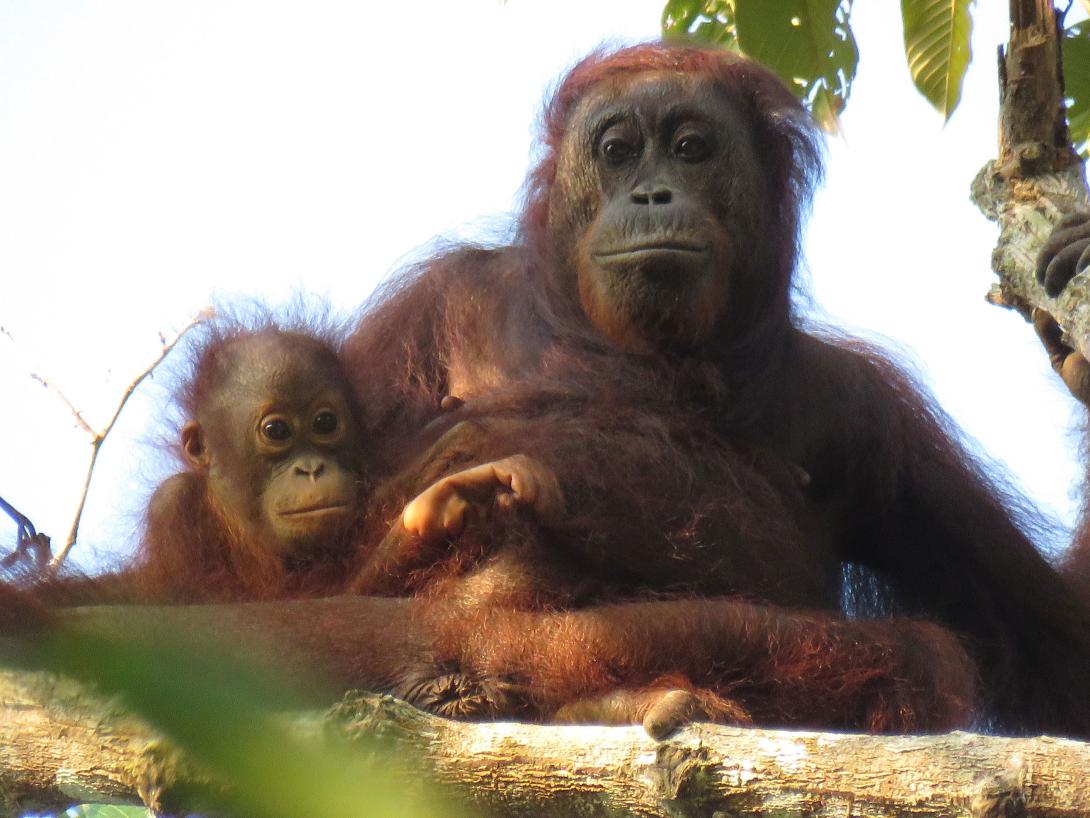
The Bornean elephant (Elephas maximus) differs from the continental Asian elephant: it is smaller, has larger ears, straight tusks and a longer tail. It can breed at an earlier age and the inter-birth interval is shorter. Its origin in Borneo is still a matter of debate: because of its genetic uniqueness and discrepancies with all the other populations, some argue it colonized the island during the Pleistocene and then evolved independently, while others think that it could be the descendant of captive individuals imported to the island as royal gifts in the 15th century.
Today its population is estimated at about 2,000 individuals but it is highly threatened by habitat destruction and fragmentation, by its low genetic diversity and by increasingly frequent conflicts with humans.
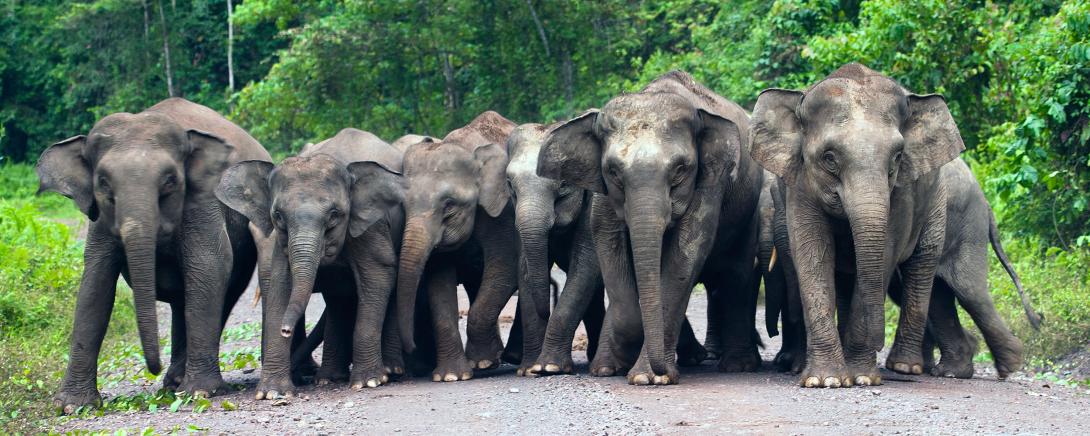
To preserve these iconic animals who play a crucial role within their ecosystem in particular by participating to forest regeneration, HUTAN acts on a number of fronts.
It studies the behavior of the orangutan and elephant populations and monitor their movements in several types of habitats (protected areas, logged forest, palm plantations…) in order to understand how the animals interact with these different environments and whether they can adapt when protection measures are taken.
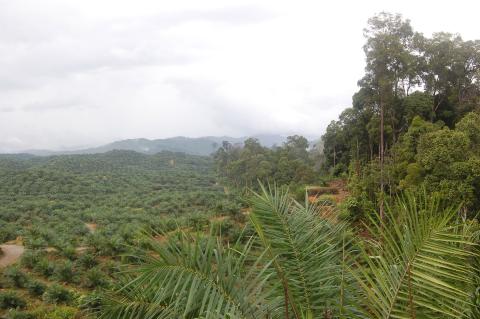
Palm oil plantation © HUTAN 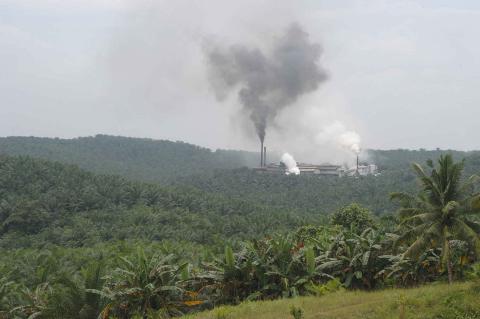
Palm oil plantation © HUTAN
By acquiring land and reforesting degraded areas using the tree nurseries managed by local communities, HUTAN creates forest corridors to restore former elephant migration routes through the Kinabatangan. It also fights against habitat fragmentation by building artificial bridges allowing the orangutans to cross waterways that have become impassable barriers due to the destruction of giant trees.
HUTAN employs a team of dedicated rangers responsible for fighting illegal logging and poaching, as well as for minimizing conflicts with local communities (whose crops may be destroyed by elephant herds) through the installation of electric fences or drains.
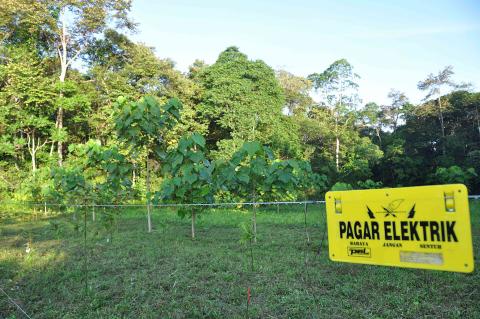
Reforestation © HUTAN 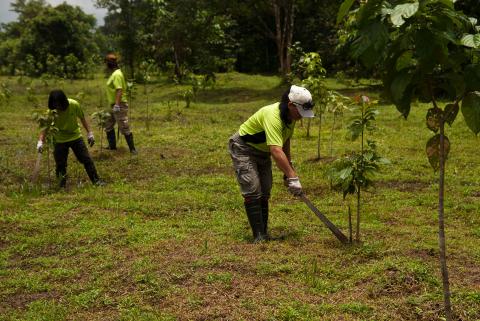
Reforestation © HUTAN
Last but not least, HUTAN regularly organizes outreach activities and education programs in schools and works on strengthening local capacities for conservation by training teams to different techniques such as water and soil quality analysis, camera trapping or data collection.
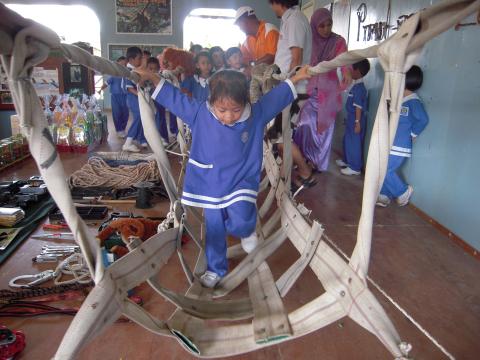
Environmental education © HUTAN 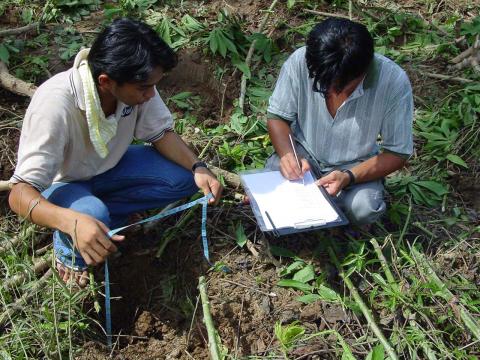
Recording the damages caused by the elephants © HUTAN
HUTAN now employs about fifty assistants all from the surrounding villages and develops conservation strategies for many other wildlife species found in the Kinabatangan region: hornbills, swallows, freshwater turtles, amphibians, butterflies…
Palmyre Conservation has been financing HUTAN since 2002.